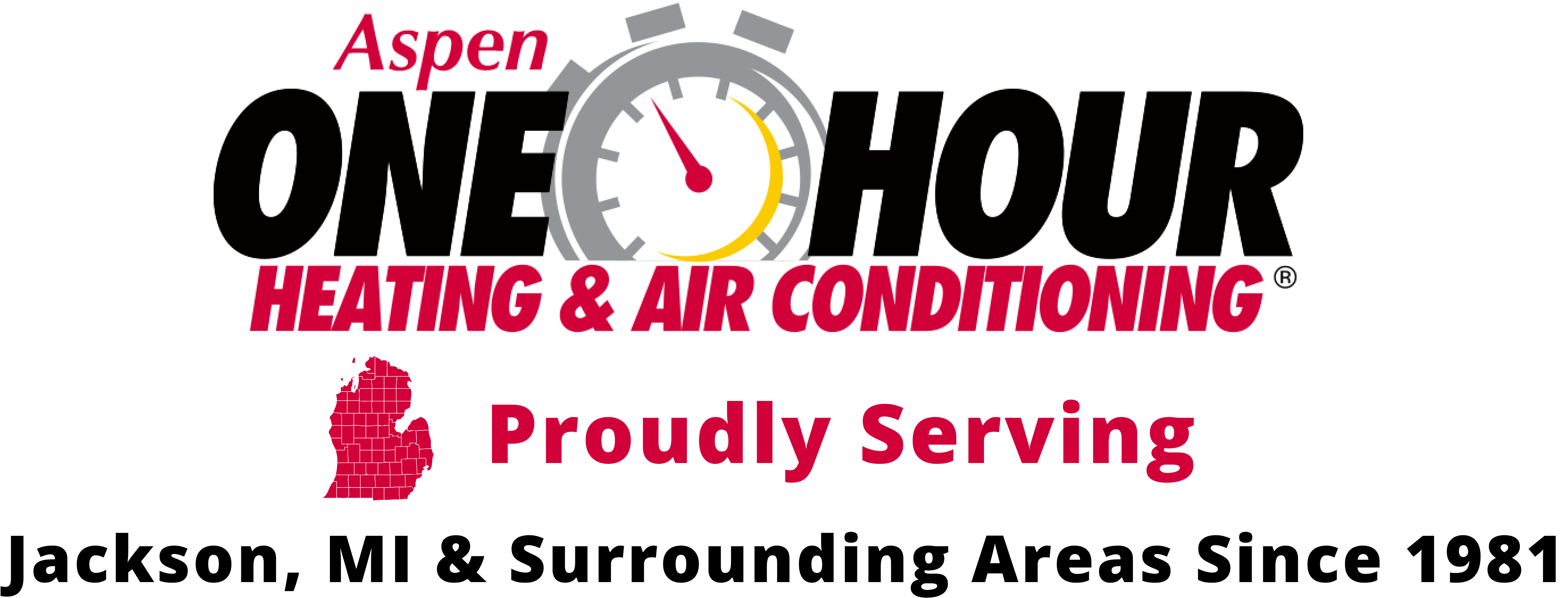Refrigerants are the lifeblood of any air conditioning and refrigeration system, playing a crucial role in the process of heat transfer that keeps your home cool during summer and your fridge running efficiently. Yet, many homeowners are unfamiliar with what refrigerants are, how they work, or why they’re so important to your HVAC system. In this blog, we’ll dive into the basics of HVAC refrigerants, the different types available, and why proper handling is essential for both system performance and the environment.
What Is HVAC Refrigerant?
At its core, refrigerant is a substance used in your HVAC system that absorbs and releases heat. It circulates through your air conditioning or heat pump system in a closed loop. As it evaporates and condenses inside the coils of the system, it helps cool or heat the air in your home.
The refrigerant moves heat from inside your house to the outside air (or vice versa if it’s a heat pump), creating a comfortable environment for you. Without it, your air conditioning system or heat pump simply wouldn’t work.
How Do HVAC Refrigerants Work?
Refrigerants work through a process of evaporation and condensation. Here’s a quick breakdown of how it happens:
- Evaporation: Inside your evaporator coils, the refrigerant absorbs heat from the air inside your home, causing it to evaporate and turn into a gas.
- Compression: The gas is then compressed by the compressor, which raises its pressure and temperature.
- Condensation: The hot gas moves to the condenser coils, where it releases the heat and condenses back into a liquid.
- Expansion: The liquid refrigerant flows through an expansion valve, where it expands and cools before entering the evaporator coils again to start the cycle over.
This cycle continues as the refrigerant keeps absorbing and releasing heat to maintain a comfortable temperature.
Different Types of HVAC Refrigerants
Over the years, the types of refrigerants used in HVAC systems have evolved, mainly due to environmental concerns. Let’s look at the most common refrigerants in use today:
1. R-22 (Freon)
R-22, also known as Freon, was once the most commonly used refrigerant in residential and commercial air conditioning systems. However, it is being phased out due to its harmful effects on the ozone layer. The U.S. Environmental Protection Agency (EPA) has mandated a reduction in the production of R-22, with a complete phase-out scheduled for 2020.
- Environmental Impact: R-22 is a hydrochlorofluorocarbon (HCFC), which contributes to ozone depletion and global warming.
- Current Use: R-22 is still found in older systems, but it is becoming increasingly scarce and expensive.
2. R-410A (Puron)
R-410A, also known as Puron, is now the most commonly used refrigerant in modern HVAC systems. It is a hydrofluorocarbon (HFC), meaning it does not deplete the ozone layer, but it still has a high global warming potential.
- Environmental Impact: Although R-410A does not harm the ozone layer, its global warming potential is significant, which has led to ongoing research for alternatives.
- Current Use: R-410A is the standard in new air conditioning systems and heat pumps.
3. R-32
R-32 is another HFC refrigerant that has gained popularity due to its lower global warming potential compared to R-410A. It is more efficient in terms of heat transfer, meaning it can help systems run more efficiently with less refrigerant.
- Environmental Impact: R-32 has a lower global warming potential than R-410A, making it a more environmentally friendly option.
- Current Use: R-32 is increasingly being used in new systems, particularly in Asia and Europe, and is slowly gaining traction in the U.S.
4. R-134A
R-134A is commonly used in automotive air conditioning systems and some commercial refrigeration applications. It’s a non-ozone-depleting refrigerant but still has a high global warming potential.
- Environmental Impact: Like R-410A, R-134A does not harm the ozone layer but contributes to global warming.
- Current Use: R-134A is widely used in cars and certain refrigeration units.
Why the Right Refrigerant Matters
Using the correct refrigerant for your HVAC system is crucial for a few reasons:
- Efficiency: Refrigerants are specially designed to match certain types of systems. Using the wrong refrigerant can cause your system to work inefficiently, leading to higher energy bills and potential damage to components.
- Environmental Impact: Some refrigerants are harmful to the environment, contributing to ozone depletion and climate change. It’s important to choose refrigerants that have a lower environmental impact, especially with the ongoing shift toward more sustainable solutions.
- Regulatory Compliance: The phase-out of older refrigerants like R-22 means that continuing to use them could violate environmental regulations. Make sure your HVAC system uses the most up-to-date refrigerant to avoid legal and repair issues.
The Importance of Regular Refrigerant Checks
Over time, refrigerant can leak out of your HVAC system, leading to reduced efficiency and potential system failure. A qualified HVAC technician can check your refrigerant levels during routine maintenance and top them off if needed. If there’s a refrigerant leak, it’s important to repair it quickly to prevent further damage and ensure your system continues to run smoothly.
The Future of HVAC Refrigerants
As the world moves toward more environmentally friendly solutions, we can expect to see new refrigerants that have a lower global warming potential and less environmental impact. These new refrigerants are likely to play a significant role in future HVAC systems, leading to cleaner, more energy-efficient technology.
Conclusion
HVAC refrigerants are essential for keeping your air conditioning system working efficiently. Understanding the different types of refrigerants and their environmental impacts can help you make informed decisions about your home’s HVAC system.
If you’re unsure about which refrigerant your system uses or need a refrigerant checkup, contact a professional HVAC technician today. Regular maintenance and timely repairs can help keep your system running smoothly, improve efficiency, and protect the environment.

